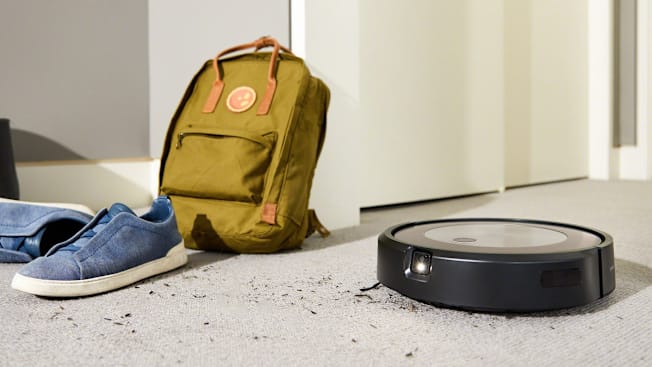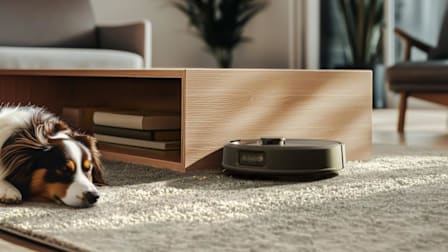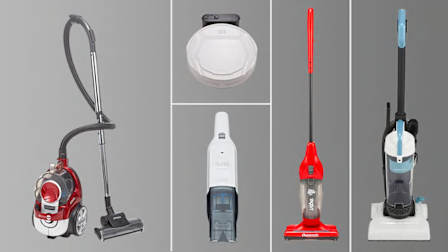Best Robotic Vacuums for Carpeted Floors
These robotic models lag behind full-sized vacuums, but they can help your rugs look good between big cleanings
When you shop through retailer links on our site, we may earn affiliate commissions. 100% of the fees we collect are used to support our nonprofit mission. Learn more.

If your home has more carpeting than bare floors, a robotic vacuum might not be the best choice for keeping it clean—at least not as your primary vacuum. Our test results show that upright or canister vacuums are better for deep cleaning.
But a robovac can serve as a handy backup to keep your carpets looking good when you just don’t have time to haul out the big machine. There’s one robotic vacuum that passed our carpet-cleaning test with flying colors, and even more that scored admirably.
In our labs, we evaluate robotic vacuums for their ability to pick up surface litter (such as cereal, rice, and peas) and embedded dust from both bare floors and medium-pile carpets. Here, listed in alphabetical order, are the standouts in our robotic vacuum carpet-cleaning tests. For results on every test we conduct, check out our robotic vacuum ratings, and for handy advice to help you choose your next vac—no matter what type—see our vacuum cleaner buying guide.
The iRobot Roomba Max 705 might be slightly more expensive than some other robots, but it’s the highest-performing one we’ve tested, which may be a reason to lay out the cash. It’s quiet and does well in every cleaning test we’ve thrown at it. It’s also outstanding at vacuuming up pet hair and is no slouch at cleaning carpets either, with a feature that increases suction power when it detects carpet. This vacuum is also better than many other robotic vacuums at navigating spaces and avoiding obstacles.
Based on our assessment of how well the vacuum and its manufacturer protect a user’s data, the vacuum earns a high score for its data security measures. But it scores only so-so for data privacy. It comes with an automatic emptying base and brushes designed to be tangle-free.
For a decent price, you’re getting a good deal with the Eureka NERE10SW. It’s very good at cleaning carpets, perhaps due to the automatic suction boost the vacuum gets when it detects that it’s on a carpet. It’s stellar at vacuuming up pet hair and performs just as well at removing debris from bare floors. But it tends to have a harder time cleaning the edges and corners of a room.
The vacuum comes with a self-emptying base that it returns to after each cleaning session. Though it’s a strong cleaner, it’s not necessarily as efficient as some of the other models we’ve tested. We noticed that it took longer than other robotic vacuums to fully clean our test area.
How CR Tests Robotic Vacuums
In our lab, we test each vacuum’s ability to pick up dirt on carpet and bare floors. For our test on bare floors, our technicians spread 0.75 grams of sand over laminate flooring in a 4x5-foot framed test area and then measure the amount the vacuum picks up in a 10-minute period.
We use a two-part test to see how effective robot vacuums are at cleaning carpets. For surface cleaning, our technicians disperse 20 grams of cereal, 30 grams of rice, and 20 grams of yellow peas across a 4x5-foot framed test area of medium-pile carpet. They then measure how much debris the vacuum captures in a 10-minute period.
For embedded dirt, technicians embed 75 grams of flour across a section of test carpet, let the vacuum run in the area for 3 minutes, and then weigh the amount of flour it picked up. Human hair is then embedded into the same section of the test carpet. Technicians time how long it takes for the vacuum to pick up the hair, and then weigh the amount that’s in the dustbin and the brush roll.
Our testers also evaluate how easy a vacuum is to handle and how much noise it makes. And like our ratings for other household appliances, Consumer Reports assesses each vacuum brand’s owner satisfaction and predicted reliability scores, which are based on our member surveys.




































